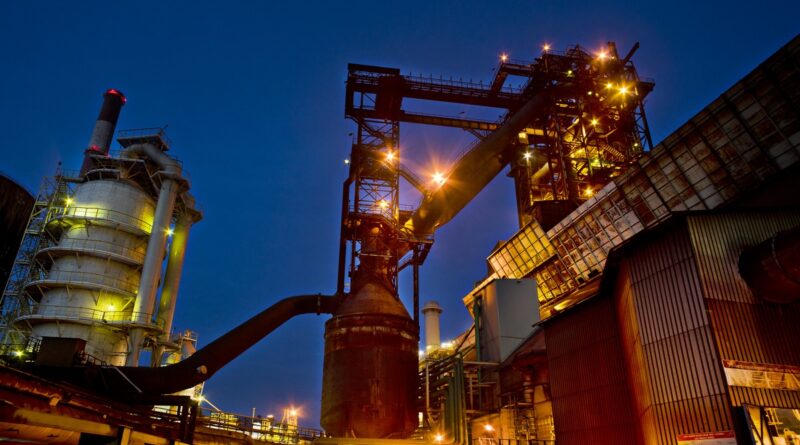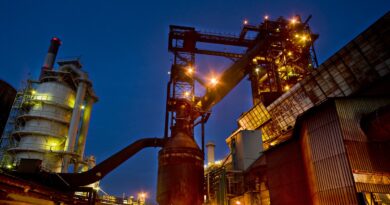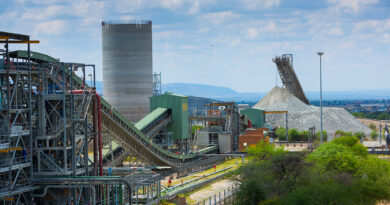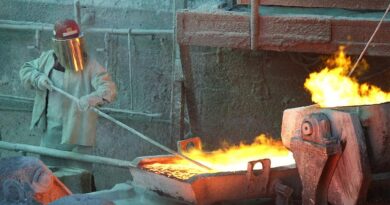ArcelorMittal SA reacts on developments in steel market
On 28 July 2022, at the announcement of the Company’s interim financial results, it was indicated that the outlook for the second half of the year would be strongly influenced by intensified economic headwinds which threatened to significantly affect the trading environment for steel.
As anticipated, the international price correction in a soft local demand environment did severely impact the financial results of the business. At that time, however, it was also indicated that the Company knows how to manage through a challenging cyclical business environment, and thus ArcelorMittal South Africa, with the support of its loyal staff, customers, and suppliers, has successfully delivered against its predicted outlook.
Globally, steel prices declined at a faster rate than raw materials as particularly evident in the second half of the year. This has led to negative price-cost effects with spreads (i.e., the difference between steel prices and raw material costs) under significant pressure.
The Company could not escape the impact of the year’s energy crunch, as seen in the extreme increase in the international price of coking coal (up 62% year-on-year in dollar terms).
Domestically, market conditions proved to be especially challenging as customers destocked. This was particularly notable in the last quarter of the year, where market activity dissipated dramatically in certain sectors (being somewhat reminiscent of late-2008).
The Value Plan and the associated improvements the business has made in recent years were firmly tested. The business is responding effectively, and thus despite the sharp weakness which characterised the second half of the year, the financial results are significantly stronger than during other crisis or near-crisis environments of the past.
SUSTAINABILITY
Customers are destocking in response to lower market prices and adjusting inventory holding levels to the weaker trading conditions. Destocking is ultimately unsustainable and will end. Until then, the Company is adjusting its production to addressable demand, by idling plants, consolidating production at the most productive facilities, and reducing fixed costs.
One blast furnace at Vanderbijlpark was idled in early November 2022 and was only restarted in early February 2023 once commercially supported by the order book. In the Long Steel business, following the restart of the Newcastle blast furnace, the Vereeniging electric arc furnace was idled in October 2022 as the combined production of Newcastle and Vereeniging is well in excess of current demand.
Further strategic asset footprint optimisation will take place in 2023 within the Long Steel business as certain operations in Pretoria and Vereeniging are idled, and their production consolidated with the rolling operations in Newcastle to improve mill capacity utilisation and productivity.
The year started with plant closures due to the primary impact of rail disruptions, and the year ended with the secondary impact of such disruptions affecting sales deliveries. Daily briefings to the CEOs of ArcelorMittal South Africa and Transnet Freight Rail (TFR) have seen notable benefits, however, overall performance remains well below service design.
While doing its best to support TFR and Transnet Port Terminals (TPT), the Company has completed a pre-feasibility study with its specialist rail operator advisor into the commercial viability of third-party rail access. It has been agreed to progress to the definitive feasibility study stage, which includes funding solutions.
The announcement in June 2022 of the country’s draft Rail Policy should remain the “north star” by which South Africa’s rail infrastructure is managed.
On an adjacent note, the market launch on 20 October 2022 of the rebranded ArcelorMittal Rail and Structures (AMRAS) business (previously the Highveld structural mill) with its 48kg and 57kg per metre mainline rail product, was well received and supported by partners and customers alike. It is believed that this asset can meaningfully contribute to the Rail Policy’s localisation aspirations.




